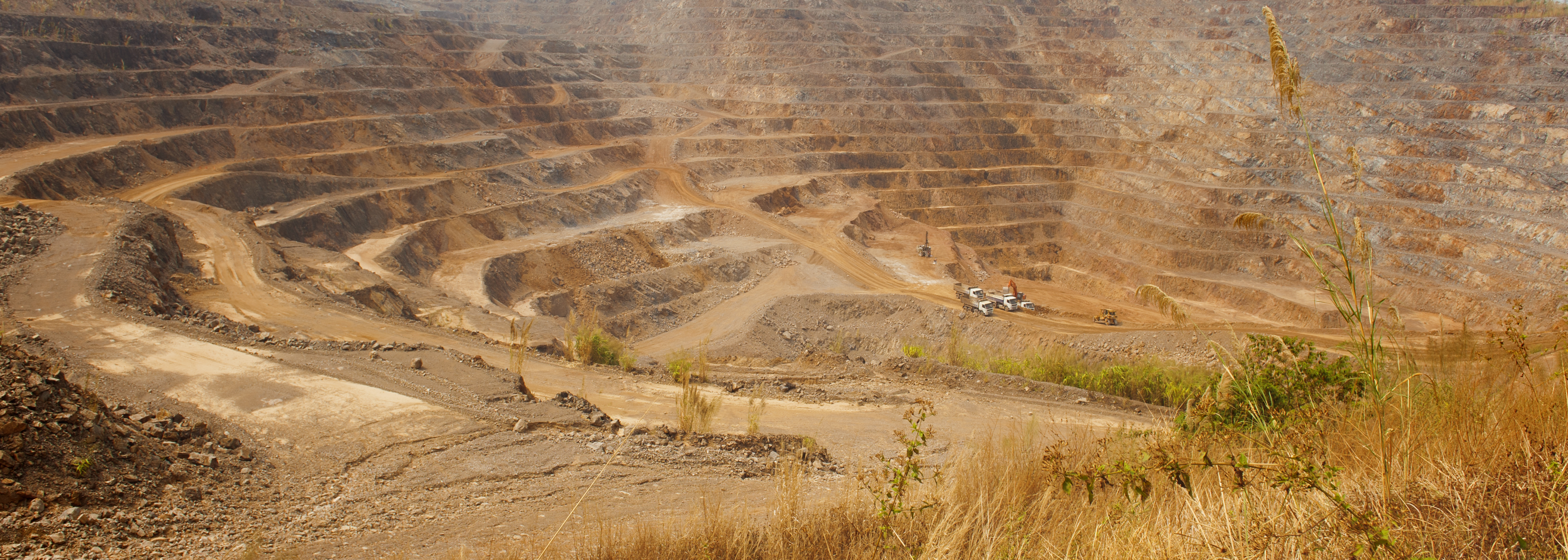Glencore to ramp up operations at its Lady Loretta zinc mine: University of Queensland exploration specialist Dr Rick Valenta, says the announcement is a positive for the mining sector.

With strong outlooks for base metals, a mining expert is predicting a spike in exploration in the North West Minerals Province next year. Dr Rick Valenta spoke to Melanie Groves of ABC Western Queensland's Rural Report on 14th December.
Dr Rick Valenta from the University of Queensland's Sustainable Minerals Institute says ore bodies in Queensland are now some of the most sought after in the world. He says 2018 is looking particularly good for exploration companies as demand increases for base metals, particularly zinc.
He says movement from companies like Glencore has a ripple effect across the industry.
RICK VALENTA: Start by looking at Queensland as a whole. There's an international survey that gets done every year by a group called the Fraser Institute that rates jurisdictions all over the world, and Queensland has now climbed from 14th to 4th on that list out of over 100 jurisdictions. And really, the reason for that is probably the focus on zinc that's currently out there in the market. Goldman Sachs just came out with a really bullish forecast for both zinc and copper, and the Mount Isa region is one of the best, if not the best endowed zinc belt on the planet, and also a very important copper belt.
When you look at junior activity, if I wanted to switch to anecdotal things, I was just at a conference run by the Geological Survey of Queensland last week where I was talking to a number of geological colleagues in exploration companies, and the stories I was hearing were things like people talking about drilling right up to the point where the weather chased them away, and companies complaining about the shortage of drill rigs. And I was at another forum where there was a representative of drill companies reporting a shortage of skilled staff. And then the other development that's been really encouraging in Mount Isa is to see that the major companies are back exploring there. Obviously, Mount Isa Mines, Xstrata, Glencore have been there constantly with a very significant effort, but a lot of the other major companies now are returning to Mount Isa after 25 years away.
REPORTER: You mentioned before that it's been quite a successful year for exploration in the North West Minerals Province. What do you use to measure success in the exploration industry?
RICK VALENTA: Well, that's an excellent question, because often you don't know- what you see all the time – and you've already alluded to it – is that, really, companies, as part of their DNA, if you like, are obliged to go out and report all their results as if they're the best thing since sliced bread, and sometimes they are and sometimes they aren't.
But what we can see, and I'm probably not going to go down to the level of singling out companies, but there have been a number of companies working in the region that have reported good drill intercepts, and by a good drill intercept what I mean is that it's a wide width in a drill hole of mineralisation that you would consider to be ore grade. So it tells you, well, at least in this hole, they've intersected material where, if it turns out to be a big enough body, could turn into an ore deposit.
So the first indicator of the potential for exploration success is when companies are reporting those sorts of intercepts. If they're reporting intercepts that aren't as encouraging as that, then you have to think, well, even if they took that drill intercept and grew it out to a much bigger area, they still wouldn't have a mine. So there have been a number of announcements of interesting drill results that would certainly be encouraging, and that's one of the things that you would look at to see things are going well in exploration.



